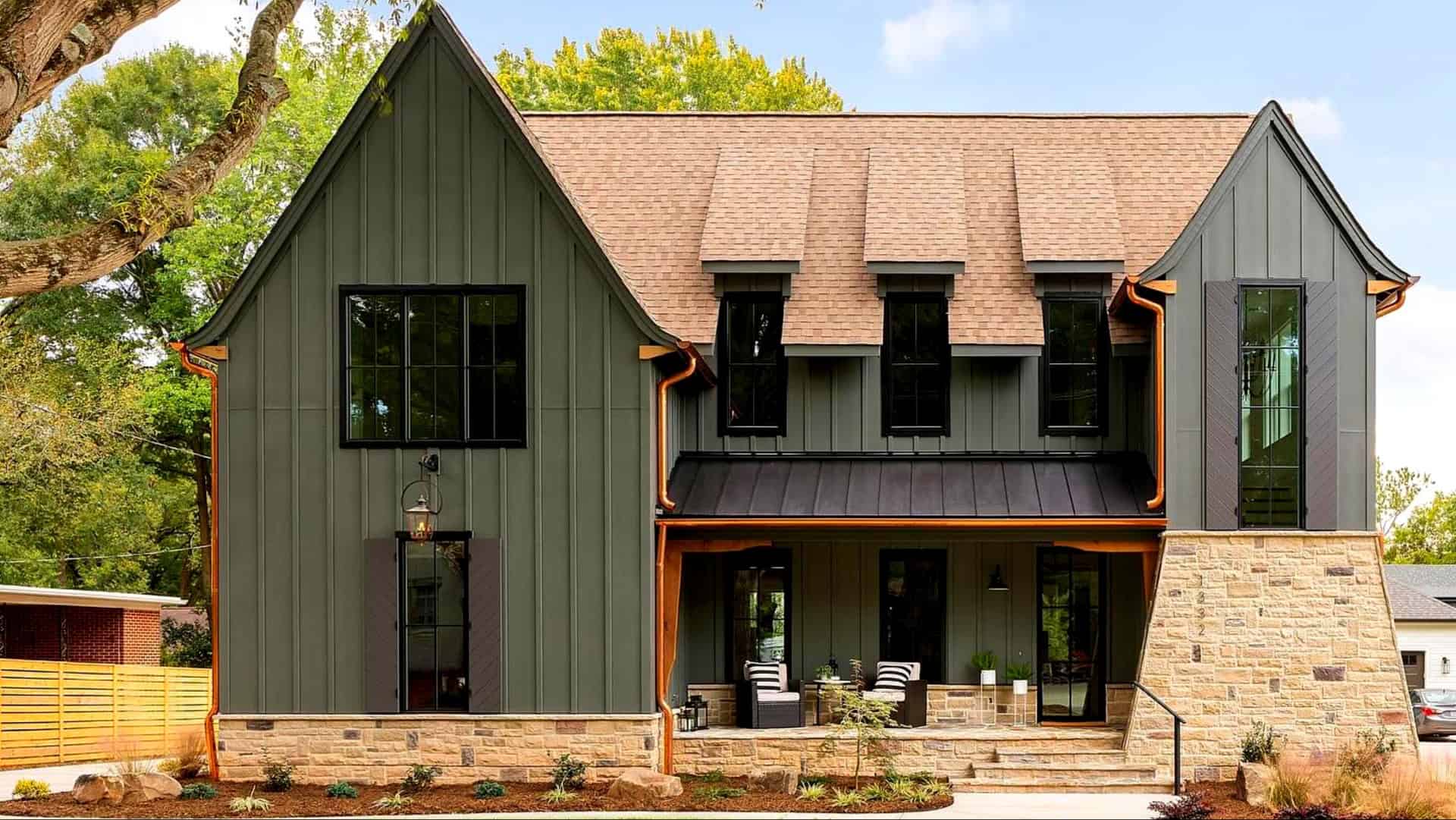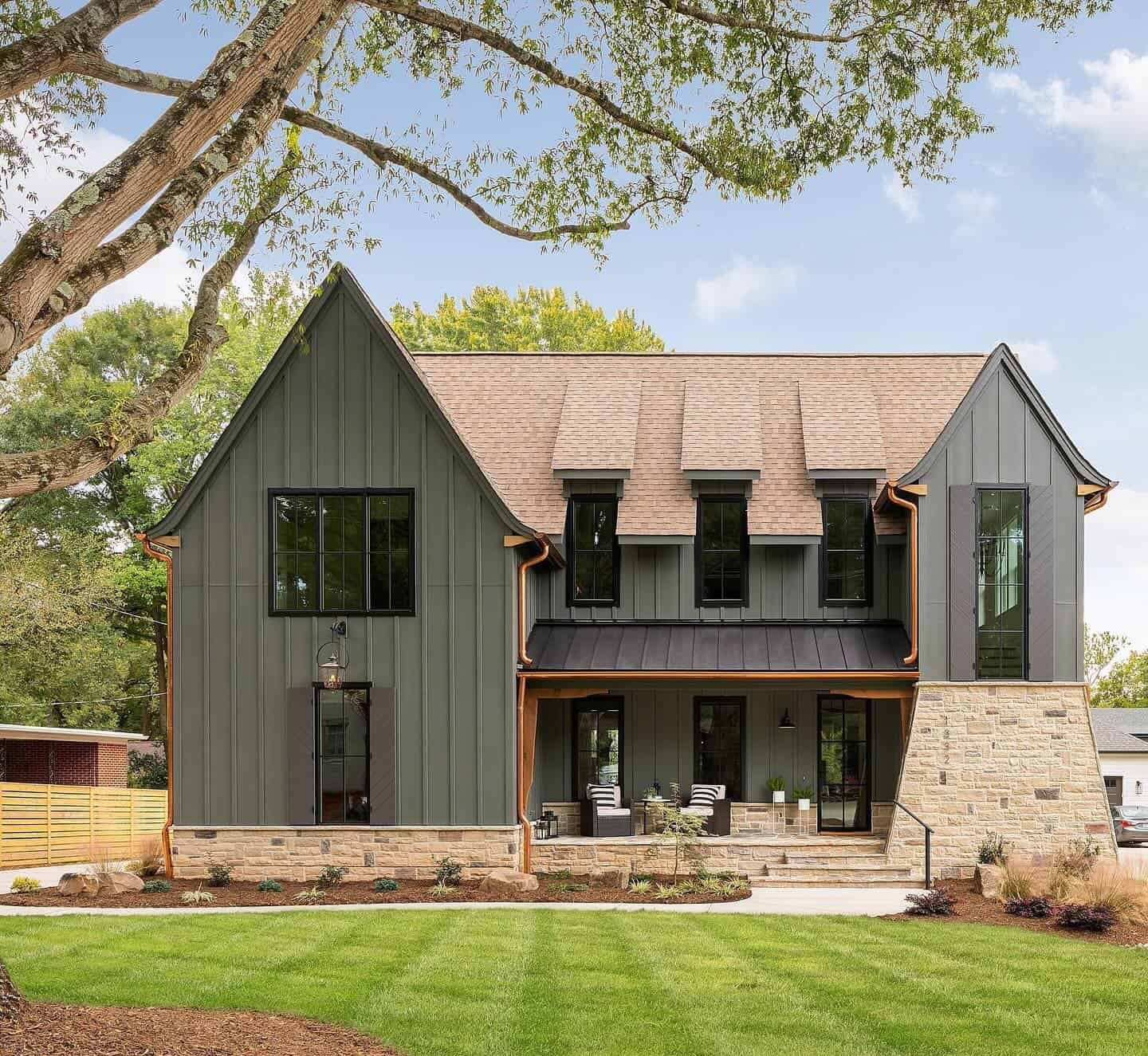Discover the fascinating journey of farmhouse architecture from its rustic origins to its sleek modern counterparts.
Once simple rural homes, traditional farmhouses were designed for functionality, catering to the needs of agricultural families.
As time progressed, these humble abodes underwent significant transformations, evolving into chic, contemporary spaces.
Explore the key differences between traditional and modern farmhouses, the timeline of changes, and how this evolution reflects broader trends in architecture and lifestyle.
1. Transition to Modernity
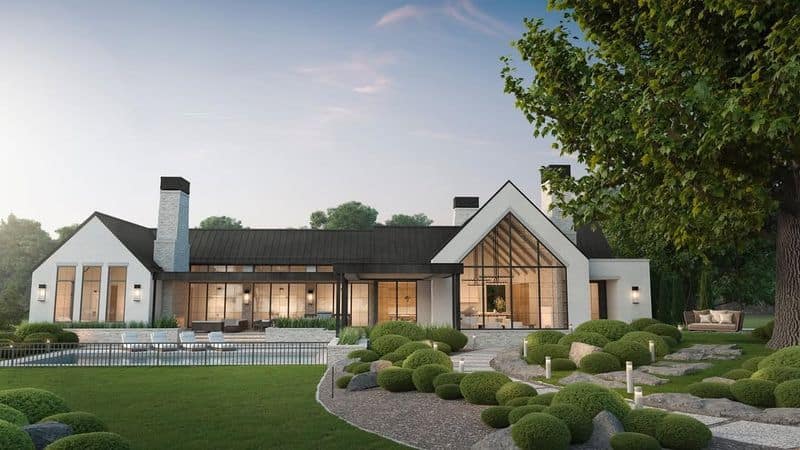
The shift from traditional to modern farmhouses began in the mid-20th century.
This transition was influenced by technological advances and changing lifestyles. Modern construction techniques, such as prefabrication, allowed faster and more diverse building styles.
Architects started incorporating sleek lines and minimalist designs, moving away from the ornate details of the past.
This evolution also mirrored societal changes, as more people moved towards urban living, demanding homes that reflected contemporary tastes.
The blend of old and new elements became a defining feature of modern farmhouses.
2. Interior Layout and Functionality
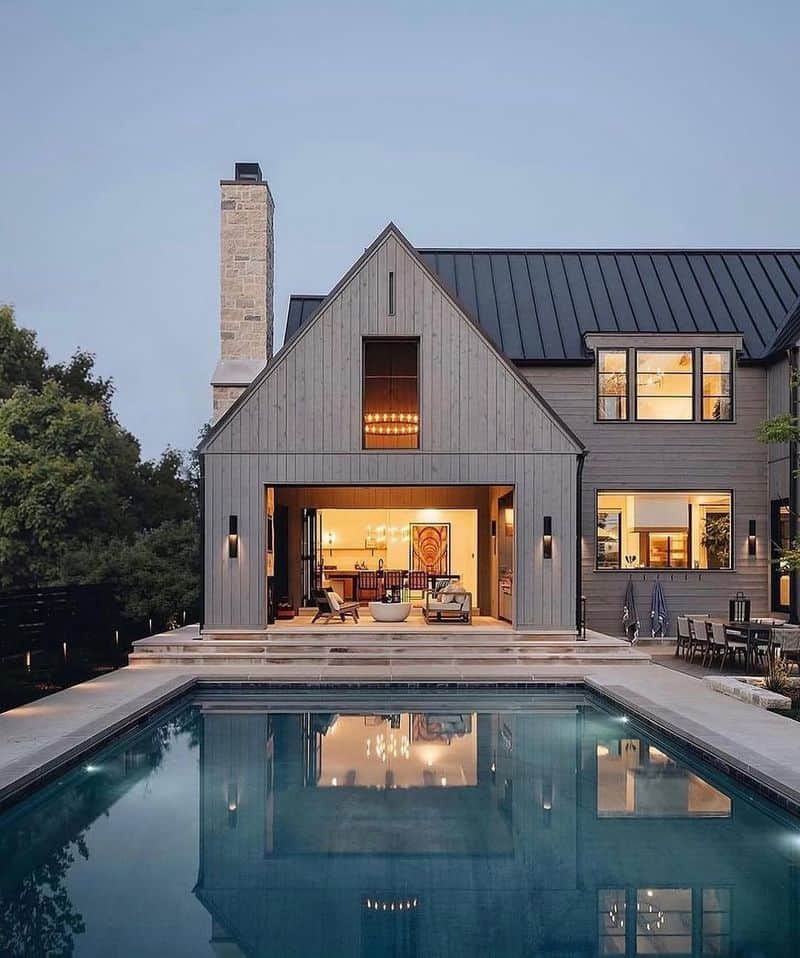
Interior layouts have seen dramatic shifts, especially in functionality. Traditional farmhouses featured compartmentalized rooms, each serving a specific purpose.
Their modern counterparts embrace open-plan designs, promoting fluidity and interaction among spaces.
This evolution underscores the shift in lifestyle, where communal living and entertainment have become central.
Innovative storage solutions and smart home technology further enhance functionality.
Additionally, sustainable materials and energy-efficient systems reflect a growing environmental consciousness.
Farmhouses today offer a harmonious blend of practicality and style, catering to contemporary needs without losing their rustic charm.
3. Origin of Traditional Farmhouses
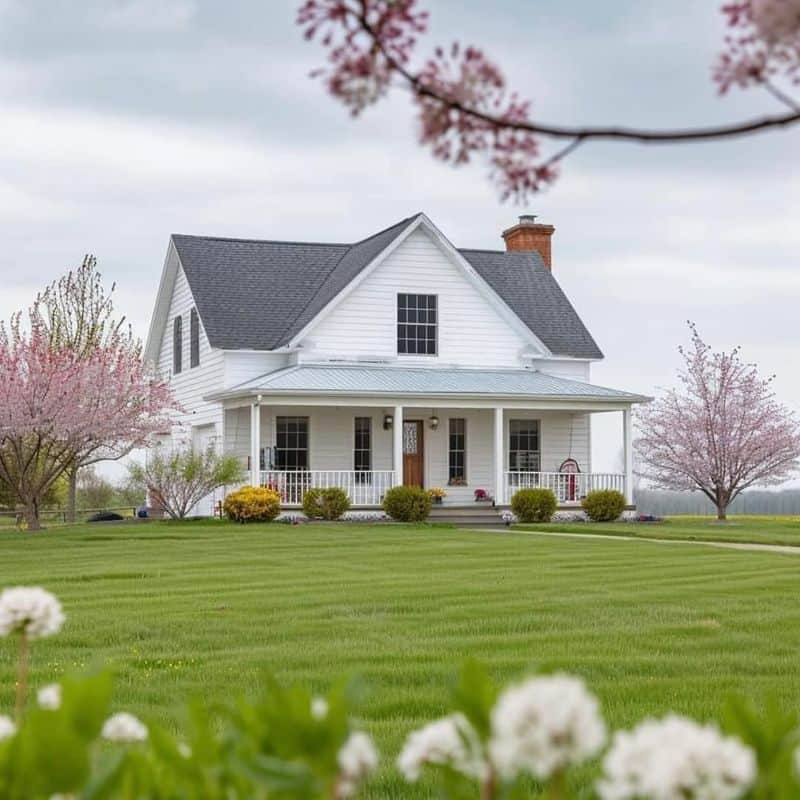
Traditional farmhouses emerged in the 19th century, rooted in practicality and simplicity. Built by hand using local materials, these homes catered to the needs of farming families.
The design was straightforward, prioritizing function over form. Typically featuring large kitchens and communal areas, these spaces facilitated daily chores and gatherings.
The unadorned architecture reflected the agrarian lifestyle, emphasizing durability.
Over time, these homes became symbols of rural life, with their iconic gabled roofs and wrap-around porches. They stand as charming reminders of a bygone era.
4. Architectural Design Changes
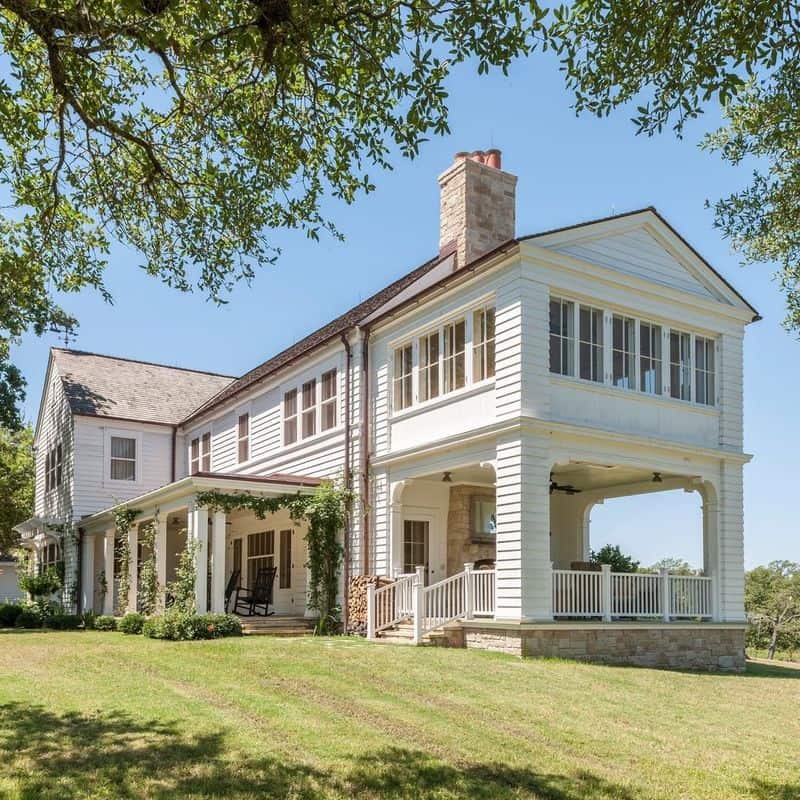
Architectural design changes have been pivotal in the farmhouse evolution. Traditional designs featured steep gabled roofs, small windows, and simple facades.
In contrast, modern farmhouses often display flat or low-pitched roofs and large, energy-efficient windows.
These changes not only reflect aesthetic preferences but also embrace environmental sustainability.
The facades of modern homes incorporate a mix of materials, including steel and glass, creating an open, airy feel.
Such adaptations highlight the farmhouse’s transition from utilitarian structures to stylish, comfortable homes reflective of modern living.
5. Materials and Construction Techniques
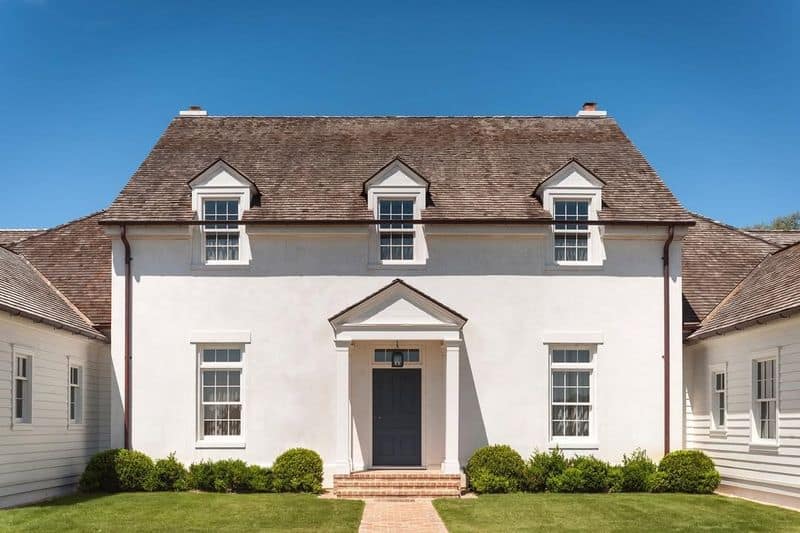
The materials and construction techniques of farmhouses have evolved significantly. Originally, wood and stone were primary materials, sourced locally and crafted by hand.
Modern farmhouses, however, integrate diverse materials like steel, concrete, and composite. Such advancements provide durability, insulation, and aesthetic appeal.
Prefabrication and modular construction have also reduced building time and costs.
These innovations result in homes that are not only visually striking but also environmentally sustainable.
By blending traditional craftsmanship with cutting-edge techniques, modern farmhouses achieve a balance between heritage and progress.
6. Cultural and Social Influences
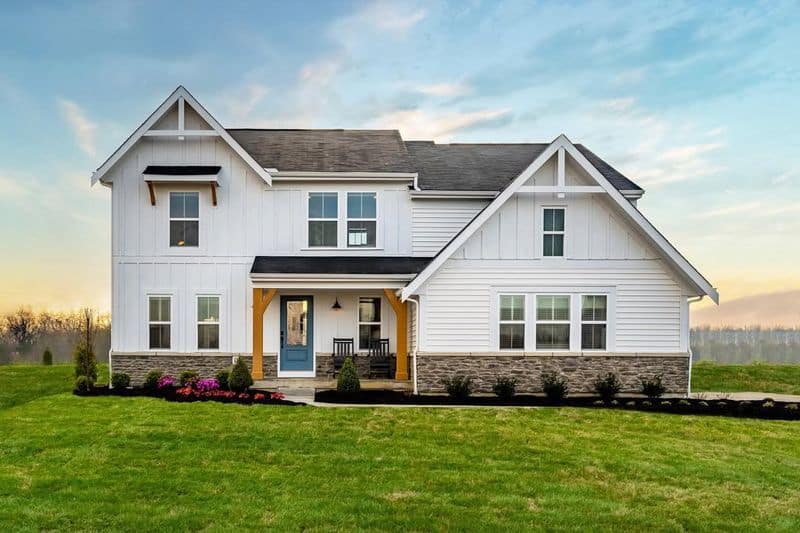
Cultural and social influences have played crucial roles in farmhouse evolution.
Originally, these homes were centered around agricultural communities, serving as the heart of rural life.
As society progressed towards urbanization, farmhouses adapted to reflect new social norms and lifestyles.
Modern farmhouses often feature designs that integrate seamlessly with urban environments while maintaining a connection to nature.
This blend of urban and rural aesthetics symbolizes the changing dynamics of community living, where tradition meets innovation, reflecting the broader cultural shifts in society.
7. Sustainability and Environmental Impact

Sustainability is a key consideration in modern farmhouse design. Traditional homes, while sturdy, were less focused on environmental impact.
Today, sustainable building practices are at the forefront. Modern farmhouses often include solar panels, green roofs, and energy-efficient systems.
These features reduce carbon footprints and promote environmental responsibility. The use of recycled and eco-friendly materials further enhances sustainability.
This shift reflects a broader awareness of ecological issues and a commitment to preserving the environment.
Farmhouses have thus evolved into models of sustainable living, blending tradition with innovation.
8. Technological Advancements
Technological advancements have revolutionized farmhouse living. Traditional farmhouses relied on manual labour and basic appliances.
Modern versions, however, boast smart home technology, offering convenience and efficiency.
Automation systems manage lighting, security, and climate control, enhancing comfort and energy savings.
These technologies reflect the broader integration of digital innovations in daily life, facilitating a seamless blend of style and functionality.
Modern farmhouses have thus transformed from simple dwellings into sophisticated, tech-savvy homes that cater to contemporary lifestyles, while still maintaining their rustic allure.
9. Decor and Aesthetic Trends

Decor and aesthetic trends in farmhouses have shifted dramatically. Traditional interiors favored rustic, handcrafted furnishings and earthy tones.
In contrast, modern farmhouses embrace minimalist and industrial aesthetics, featuring sleek furniture and neutral palettes.
This evolution highlights a preference for simplicity and elegance. Incorporating vintage elements with contemporary designs creates a timeless appeal.
Such trends reflect the ongoing desire for homes that are both stylish and comfortable.
By balancing the old with the new, farmhouse interiors continue to offer a warm, inviting atmosphere that resonates with modern sensibilities.
10. Lifestyle and Living Spaces
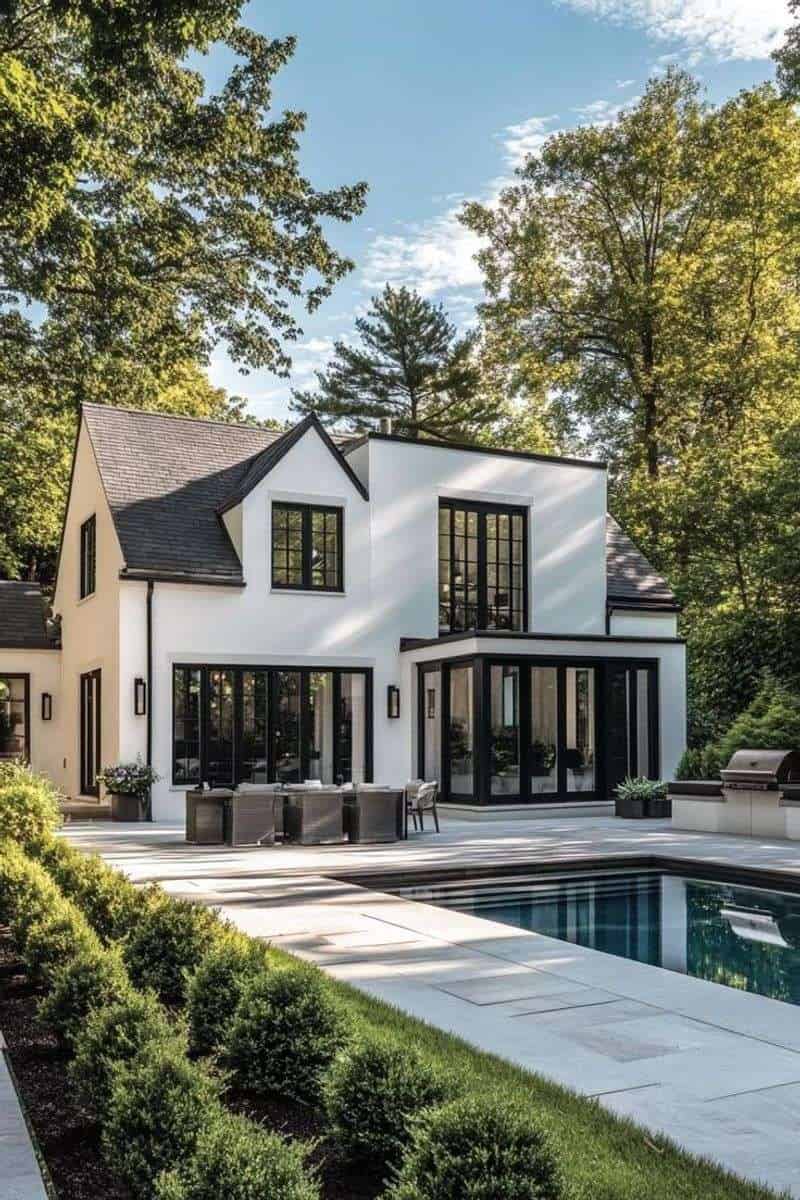
Lifestyle changes have greatly influenced farmhouse living spaces.
Originally, farmhouses were family-oriented, with spaces designed for communal living and agriculture-related activities.
Modern farmhouses, however, cater to diverse lifestyles with multipurpose rooms and flexible layouts.
Home offices, gyms, and entertainment areas reflect contemporary demands.
This evolution underscores the shift towards individualized living, where personal and professional lives coexist within the home.
The transformation of living spaces illustrates how farmhouses have adapted to meet the changing needs of society, providing comfort, functionality, and style for today’s dynamic lifestyles.

